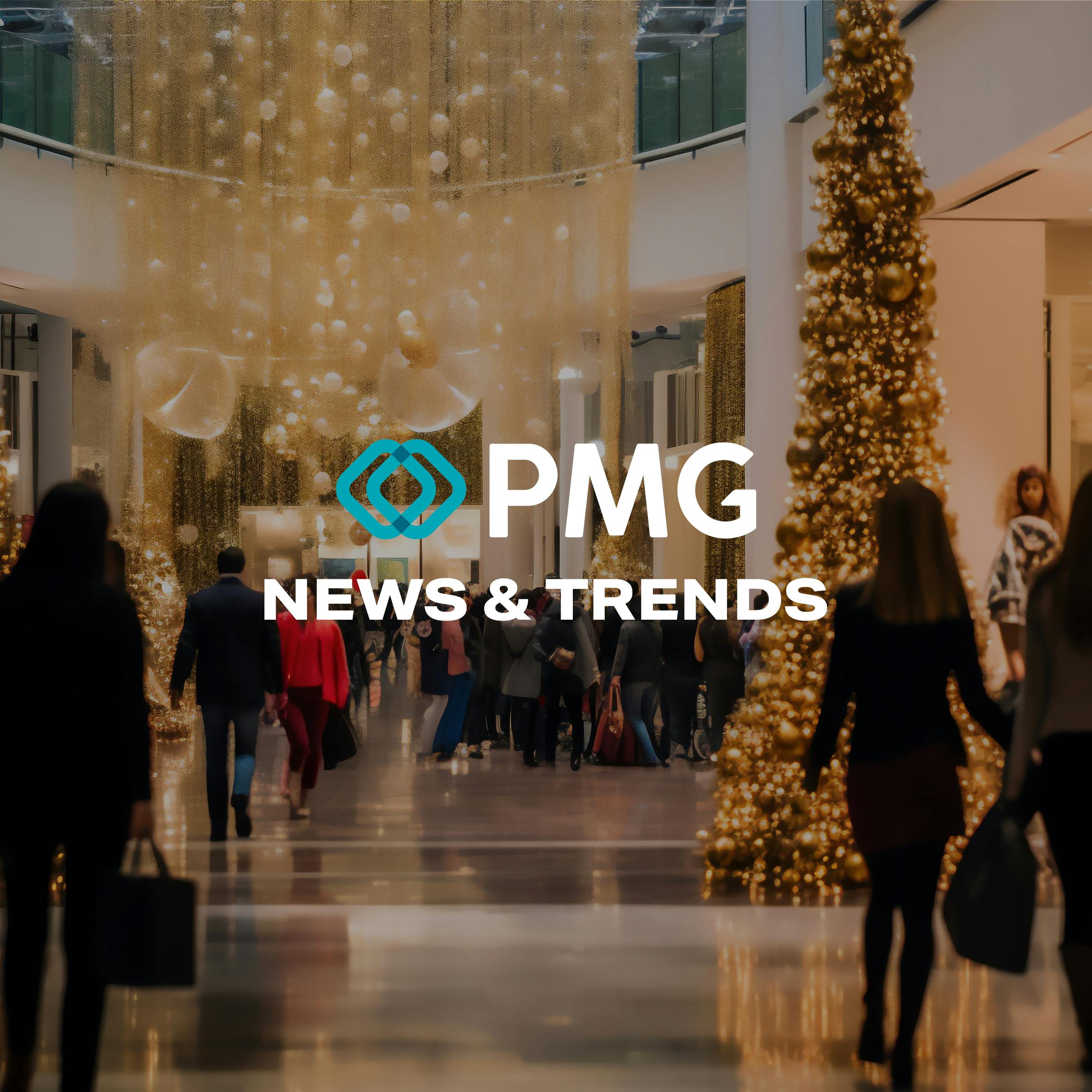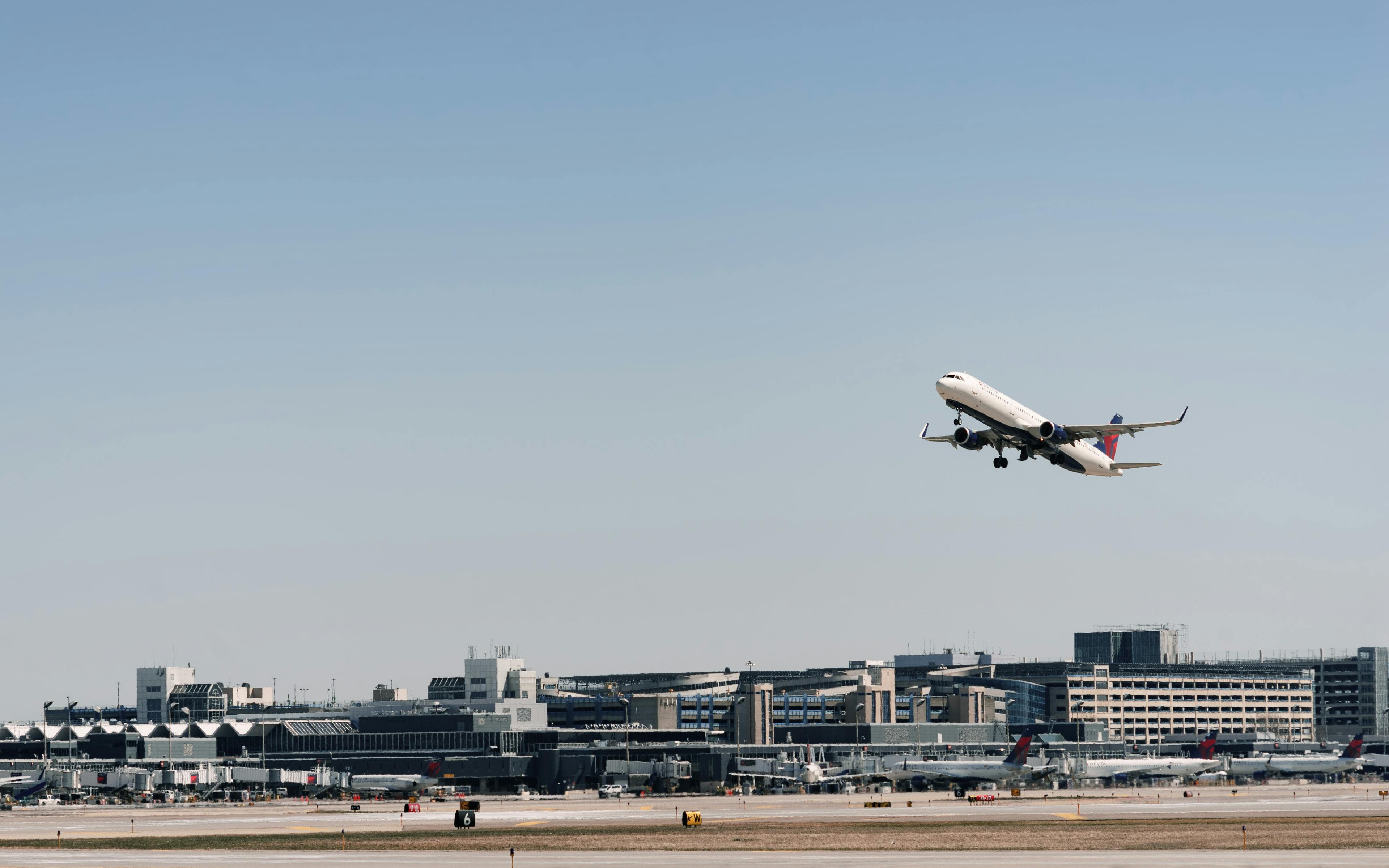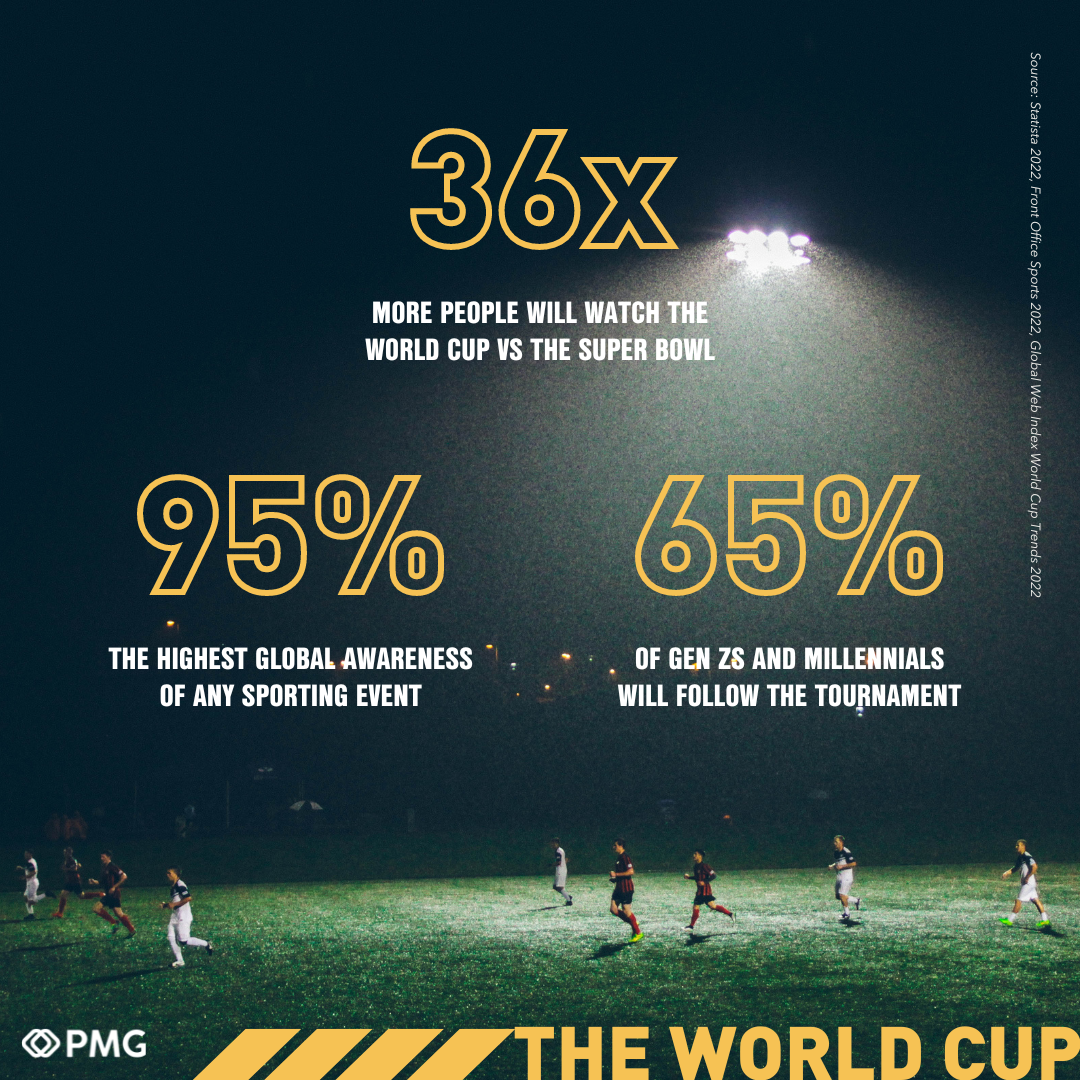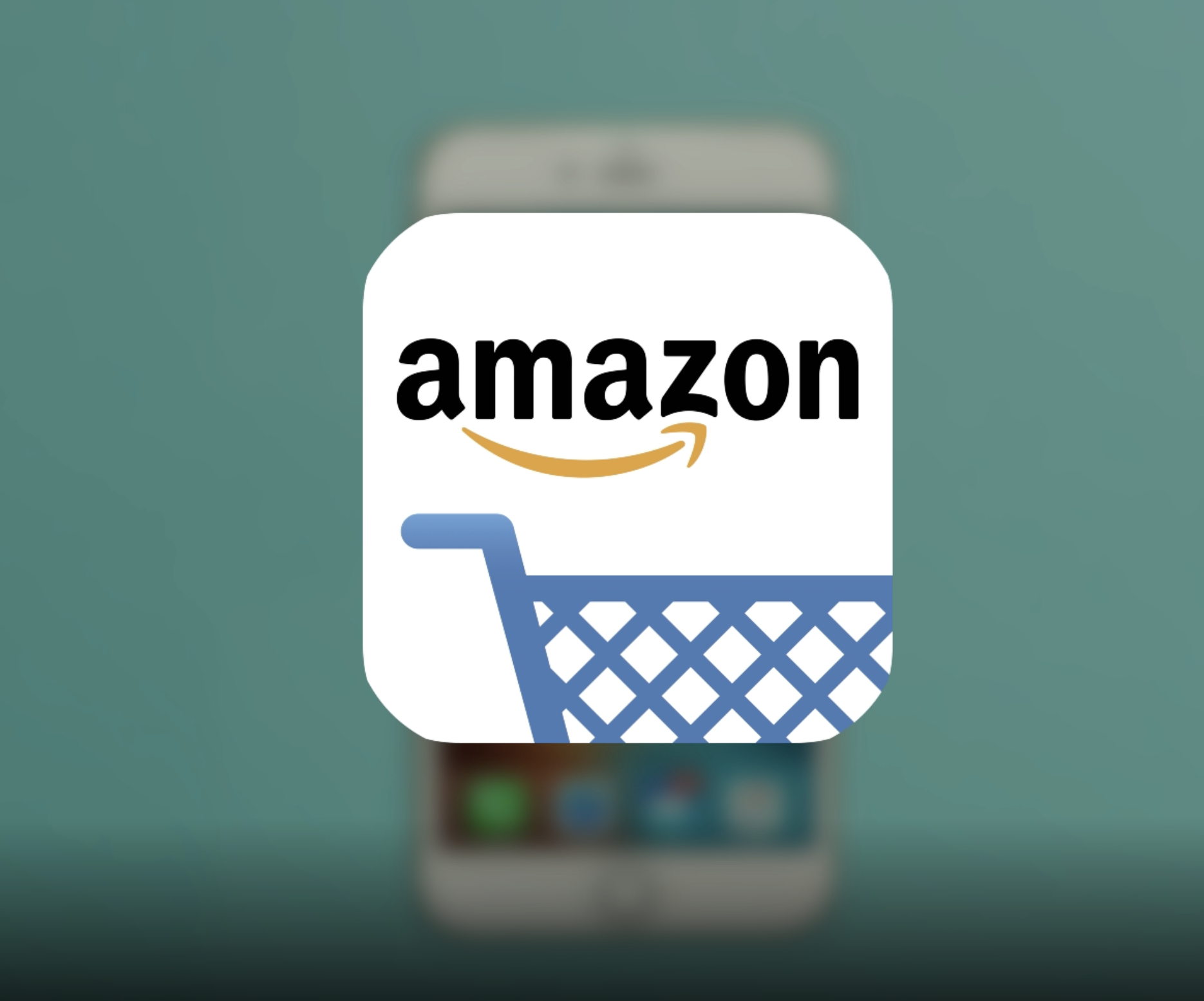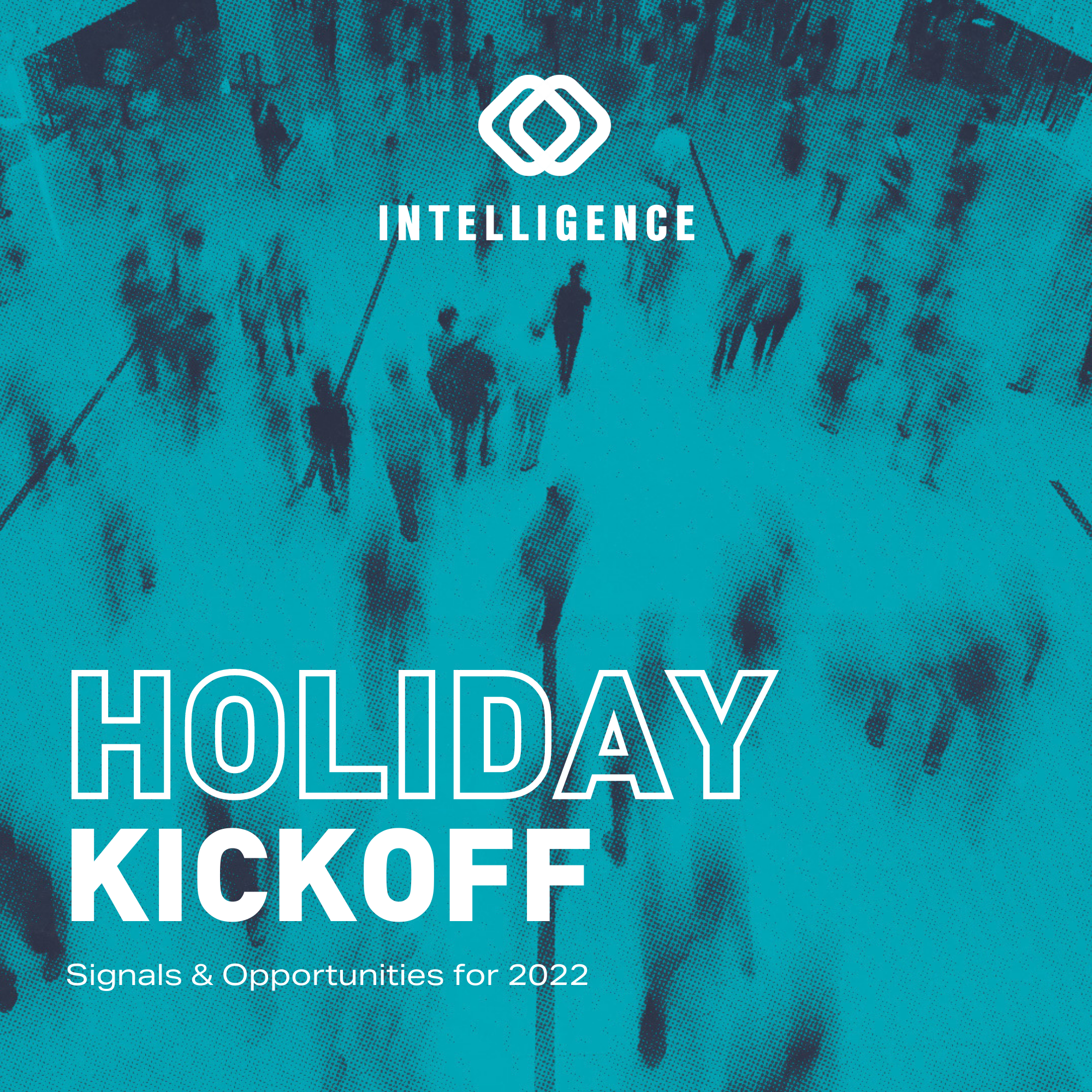Accessibility Tools
PMG Digital Made for Humans
The Compounding Forces Shaping the American Economy
6 MINUTE READ | September 1, 2021
The Compounding Forces Shaping the American Economy
Abby Long
Abby manages PMG's editorial & thought leadership program. As a writer, editor, and marketing communications strategist with nearly a decade of experience, Abby's work in showcasing PMG’s unique expertise through POVs, research reports, and thought leadership regularly informs business strategy and media investments for some of the most iconic brands in the world. Named among the AAF Dallas 32 Under 32, her expertise in advertising, media strategy, and consumer trends has been featured in Ad Age, Business Insider, and Digiday.
With the global rise in coronavirus cases brought on by the Delta variant, and supply chain disruptions leading to materials shortages, price increases, and empty shelves, the American economy is facing a myriad of challenges that are only exacerbated by a tightening labor market, extreme weather, and the end of the war in Afghanistan. Taken together, these complexities are depicting a fuzzy picture of how consumers are spending, brands are currently performing, and what retailers can expect during the 2021 holiday season.
While COVID hospitalizations are on the rise, companies cited the “resiliency of the American consumer” for consistent sales and increasing foot traffic as shoppers adjust to the unpredictability of the current climate.
Some analysts are updating Q4 economic forecasts as they anticipate volatility from the spread of the Delta variant; however, it’s too soon to tell if the recent drop in consumer sentiment is an early warning sign for reduced consumer spending.
Despite the flurry of current events, Americans remain resilient, with the economy, household income, and consumer spending continuing to grow.
Earlier this month, the University of Michigan reported consumer sentiment fell to 70.3 in August from 81.2 in July, the lowest reading since December 2011. Axios reported that the “current economic conditions subindex declined by 6.6 points to 77.9, while the consumer expectations subindex dropped 13.8 points to 65.2.” Morning Consult shared similar findings, citing the rising coronavirus cases as a key driver behind the recent decline in consumer sentiment.
Screengrab of the Morning Consult Consumer Sentiment Dashboard
But before the alarm bells went off, Chief Economist Richard Curtin contextualized the findings, saying “The extraordinary surge in negative economic assessments also reflects an emotional response, mainly from dashed hopes that the pandemic would soon end.” In other words, it’s likely that consumer sentiment is a misleading signal that doesn’t show the whole picture this time around. Early evidence from credit card data and corporate earnings suggest that consumer spending activity has been “relatively stable.”
During corporate earnings calls over the past few weeks, countless executives noted that it’s becoming increasingly clear that COVID-19 isn’t “going away” as people learn to live with the risks of the virus and return to pre-pandemic activities. During this time, consumers are showing “tremendous resilience,” with many companies, including Target, Disney, and TJX (the parent company of TJ Maxx, Marshalls, and HomeGoods) recording strong demand and foot traffic patterns across the country.
Airbnb saw rentals rebound last quarter with quarterly sales rising 299 percent YoY to $1.3 billion as the company recently had its “biggest night ever in the U.S. and [the] biggest night globally since the pandemic began.”
Southwest Airlines reported that bookings have decelerated as cancelations continue to pick up, as the company believes the trend is being driven “by the recent rise in COVID-19 cases associated with the Delta variant.” Airline competitors cited similar challenges.
According to Disney CEO Bob Chapek, attendance at Walt Disney World in Orlando, Florida was “at or near daily capacity levels” throughout the entirety of the third quarter. Similarly, Disneyland Resort in Anaheim, California continues to steadily increase capacity in line with local public safety guidelines as demand increases. The public remains eager to return to Disney theme parks, and so far, the Delta variant is not causing a drop in daily attendance despite a patchwork of local travel restrictions.
Casper Sleep reported that “the company continues to see week-over-week improvements in foot traffic to brick-and-mortar stores.
Throughout the summer, consumer spending on activities like travel, dining out, live entertainment, and sporting events rose significantly, and coupled with reduced community spread thanks to increased vaccination rates, many thought the pandemic was waning just in time for the return to in-person classes. However, in recent weeks, the influx of cases spurred on by the Delta variant “reignited caution” across economic outlooks heading into the final quarter of 2021.
Leading analysts at Goldman Sachs and Wells Fargo recently adjusted quarterly forecasts citing that the “impact of the Delta variant on [economic] growth and inflation” is proving to be larger than expected. Oxford Economics, for example, projected earlier this summer that consumer spending would rise at an annual rate of nearly eight percent in July through September, but recently cut the projection by more than half to 3.5 percent. According to The Wall Street Journal, “consumer fears of infection, new business restrictions, and mask mandates are likely leading households to pull back in some areas.”
“The worsening of the health situation is weighing on activities that we initially thought would thrive during the summer, but people are still spending. It’s not the same type of environment in prior waves where you had a big pullback.”
— Gregory Daco with The Wall Street Journal
Other financial firms, such as Bank of America, note that while the new wave of cases is concerning from a public health perspective, the Delta variant shouldn’t have a major impact on economic growth in the weeks and months to come. Yet, the pandemic continues to upend “normal economic activity,” which has made it increasingly difficult to establish new baselines and measure indicators, like ‘maximum employment’ (which helps shape fiscal policy), for economists and policymakers.
Stay in touch
Bringing news to you
Subscribe to our newsletter
By clicking and subscribing, you agree to our Terms of Service and Privacy Policy
Consumer spending continues to be the largest source of economic demand in the U.S., with the recent rise in spending serving as the primary reason the U.S. economy has recovered so quickly from the events of 2020. According to the U.S. Commerce Department, the economy grew at a 6.6 percent annual rate in the second quarter, up from the first quarter’s 6.3 percent increase. U.S. household income also rose rapidly last month at a 1.1 percent gain, marking the biggest jump since March of this year. As Q3 draws to a close, more economic data will be released, helping to contextualize our understanding of the American economy and consumers’ mindsets heading into the holiday season.

